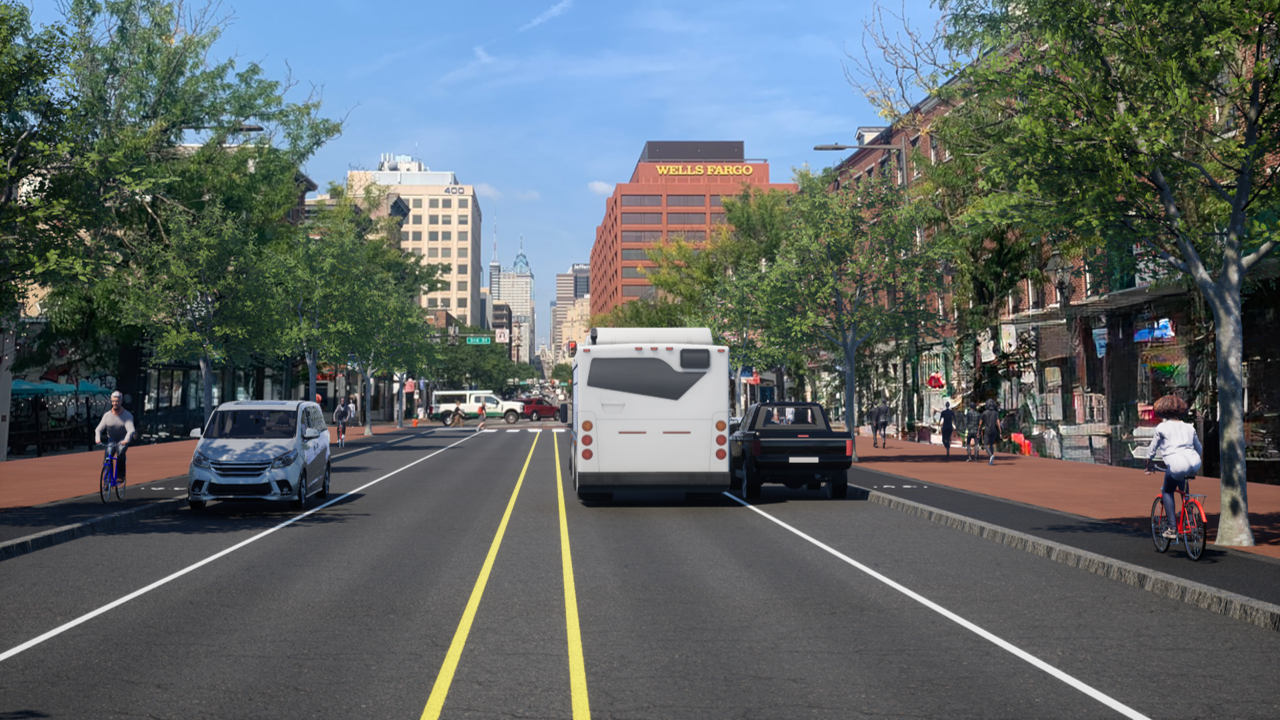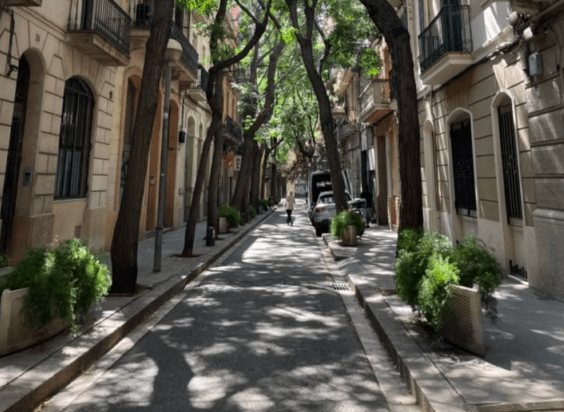 Photo: j@ys0n
Photo: j@ys0n While San Francisco Department of Public Works (DPW) Director Ed Reiskin has quietly pushed behind-the-scenes to accelerate Pavement to Parks plazas, the recently announced Market Street trial changes, and other visible projects that reclaim street space for green space and people, some advocates are concerned with how well his agency is coordinating around an arcane, but important process: DPW's five-year repaving plan.
Livable City Executive Director Tom Radulovich said that at a meeting last month about capital planning he attended at the SFCTA, only four people gave feedback and he was the only one that addressed the problem with inter-agency coordination around the repaving schedule. He believes the city needs to do more to successfully build complete streets under the Complete Streets ordinance and the Better Streets Plan.
In your five-year planning, you have the Complete Streets ordinance, which says if you're doing major street rehab and it's on a transit street, a bike street or a ped street, you ought to have the complimentary project, you ought to build it out as a complete street. Unfortunately they're not dealing with the Complete Streets Ordinance in the way that they ought to, which is coordinating the bike, ped and transit improvements at the same time as they do the repaving.
MTA spokesperson Judson True defended his agency's record, saying that "there is constant coordination looking at the paving schedules. Not just at DPT, but Muni as well." True pointed to Cesar Chavez, Divisadero, and now Market Street as positive examples.
DPW's Ed Reiskin conceded that the advocates' concerns are relevant, and that historically the city has not done enough to coordinate regular repaving with Complete Streets projects.
"I don't think we've [coordinated] as systematically as we should. In the past it has happened ad hoc," said Reiskin, though he has made it a fundamental priority to change the process within his agency to meet the obligation under the ordinance. "What I'm trying to do is institutionalize it. Any time we go do a street, we want to evaluate the potential to fix it, not just repave it. We're training all of our street design folks and making sure they are well versed in the Better Streets Plan design standards."
In reference to the Better Streets Plan, Reiskin said a director's level inter-agency body was convened to prepare for the expected adoption of the plan later this year or early next year.
"What we're talking about is advanced capital planning to leverage our dollars to get the most bang for the buck," he said. "We want to identify the best candidate [streets] based on citywide criteria and use an integrated planning and design process to capture all the needs early on."
In addition to tasking staff of each agency with coordinating long-term capital planning from the beginning, Reiskin said they have asked the Controller's Office to develop solutions to streamline delivery of those capital plans. He expected those results from the Controller imminently, at which point the agency directors would integrate them.
"For the projects that are already in the pipeline, we're doing everything to make sure that we're working together -- we're checking with the pedestrian and bike teams at the MTA."





